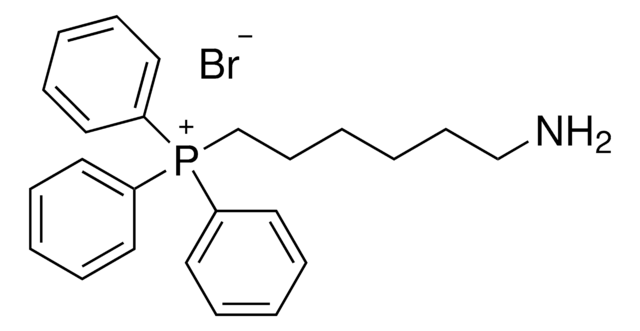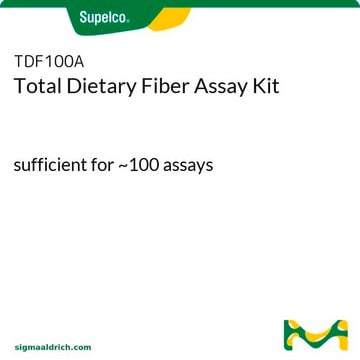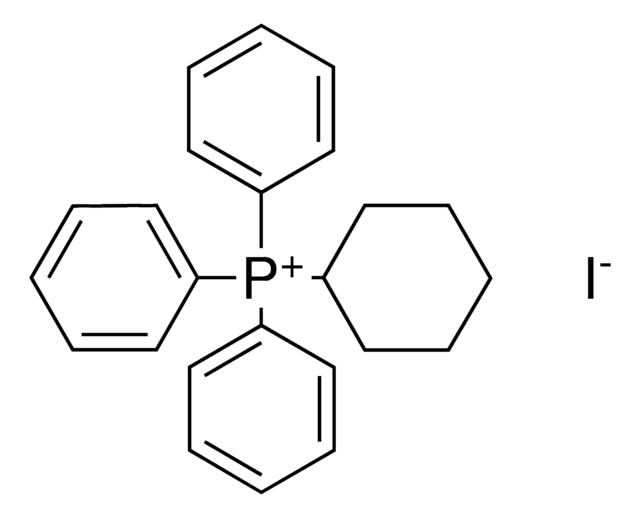SC1002
Anti-Sox2 Mouse mAb (245610)
lyophilized, clone 245610, Calbiochem®
About This Item
Empfohlene Produkte
Biologische Quelle
mouse
Qualitätsniveau
Antikörperform
purified antibody
Antikörper-Produkttyp
primary antibodies
Klon
245610, monoclonal
Form
lyophilized
Speziesreaktivität
human, mouse
Hersteller/Markenname
Calbiochem®
Lagerbedingungen
OK to freeze
Isotyp
IgG2a
Versandbedingung
wet ice
Lagertemp.
−20°C
Posttranslationale Modifikation Target
unmodified
Angaben zum Gen
mouse ... Sox2(20674)
Allgemeine Beschreibung
Immunogen
Anwendung
Immunocytochemistry (10 µg/ml; see comments)
Flow Cytometry (see comments)
Warnhinweis
Physikalische Form
Rekonstituierung
Hinweis zur Analyse
NTERA-2 cells
Sonstige Hinweise
Graham, V., et al. 2003.Neuron39, 749.
Stevanovic, M. 2003.Mol. Biol. Rep.30, 127.
Kishi, M., et al. 2000.Development127, 791.
Uwanogho, D., et al. 1995.Mech. Dev.49, 23.
Yuan, H., et al. 1995.Genes Dev.9, 2635.
Rechtliche Hinweise
Not finding the right product?
Try our Produkt-Auswahlhilfe.
Lagerklassenschlüssel
11 - Combustible Solids
WGK
WGK 1
Analysenzertifikate (COA)
Suchen Sie nach Analysenzertifikate (COA), indem Sie die Lot-/Chargennummer des Produkts eingeben. Lot- und Chargennummern sind auf dem Produktetikett hinter den Wörtern ‘Lot’ oder ‘Batch’ (Lot oder Charge) zu finden.
Besitzen Sie dieses Produkt bereits?
In der Dokumentenbibliothek finden Sie die Dokumentation zu den Produkten, die Sie kürzlich erworben haben.
Unser Team von Wissenschaftlern verfügt über Erfahrung in allen Forschungsbereichen einschließlich Life Science, Materialwissenschaften, chemischer Synthese, Chromatographie, Analytik und vielen mehr..
Setzen Sie sich mit dem technischen Dienst in Verbindung.







